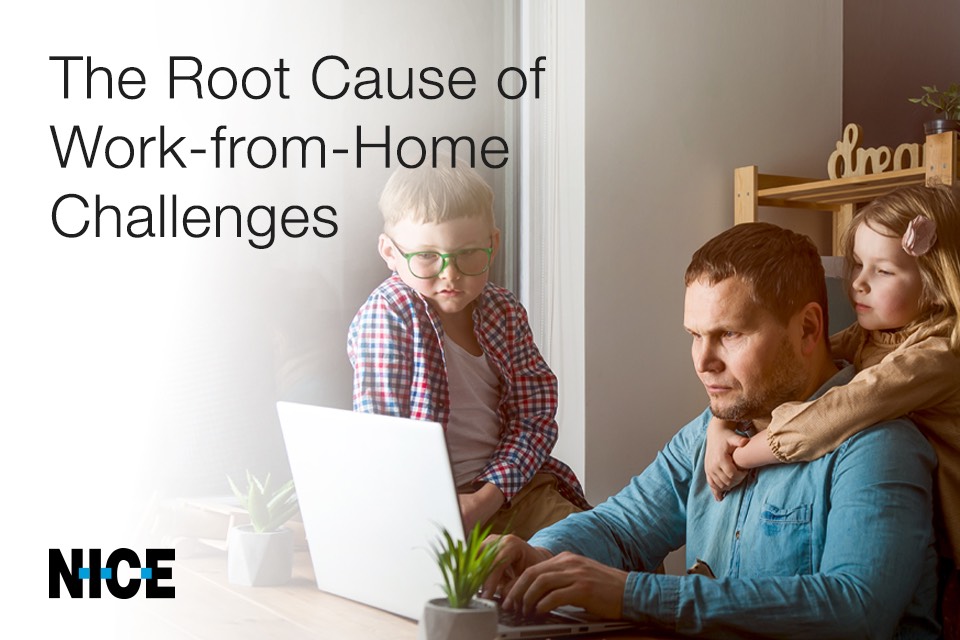Video chat for customer services sees 89% growth in UK
https://contactcentresummit.co.uk/wp-content/uploads/2020/08/corona.jpg 960 640 Stuart O'Brien Stuart O'Brien https://secure.gravatar.com/avatar/81af0597d5c9bfe2231f1397b411745a?s=96&d=mm&r=gConsumer preferences for the use of video calling in a customer service setting have increased by 89% during the COVID-19 pandemic.
That’s according to data from Webhelp, which polled over six thousand consumers across the UK, France and Germany – prior to the pandemic, only 19% of British consumers had used video-calling in a customer service setting; however, since COVID-19, that number has grown substantially.
The research highlighted that 36% of consumers are now using video to interact with brands; either the same amount or more, since the pandemic started. And when asked whether they would use video calls to contact businesses after the pandemic had subsided, 34% of consumers revealed they would likely use it the same, if not more.
Other key findings from the Webhelp research, conducted by OnePoll, include:
- Social networking and speaking to family were the most commonly adopted use cases for video-calling, both pre and post COVID-19.
- Customers were more likely to want to use video when dealing with insurance claims, accessing hardware and technical support and when entering into high value sales and mortgage conversations.
- 25% of British consumers said they would switch to a different brand if that brand offered video chat as an additional channel for sales and customer service.
- Citizens between 25-34 years old, and people who have used video chat when contacting organizations, are more likely to express a preference for this channel.
- 24% of UK consumers expect they will keep using video as much as they do now, whilst 10% predict that they will actually use it more after the pandemic.
Vincent Tachet, Group CIO of Webhelp, said: “As we go into 2021, consumer behaviours are understandably continuing to change dramatically as a direct result of the pandemic. Alongside improvements in technology, this is making video chat more accessible for consumers and more successful for brands, if used in the right context. Video chat makes full use of the capabilities of the technology devices now available to consumers and agents. The interaction itself can take many forms.
“For example, customers can share their cameras to help identify technical issues, or agents can co-browse with the user to show product features or benefits. This can help reduce overall contact time and therefore cost-to-serve or increase the opportunity for sales conversion and additional revenue – whilst also helping take the experience to the next level for brands.
“Even if it is not going to be appropriate for every customer interaction, we are seeing great success in high value sales, insurance claims, and during complex or critical customer service conversations. Similarly, for our clients who are looking for new and innovative ways to market their services, video has provided some real added value and set them apart from their competitors.”







